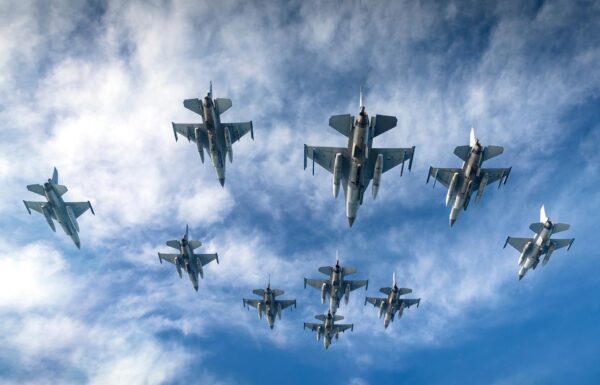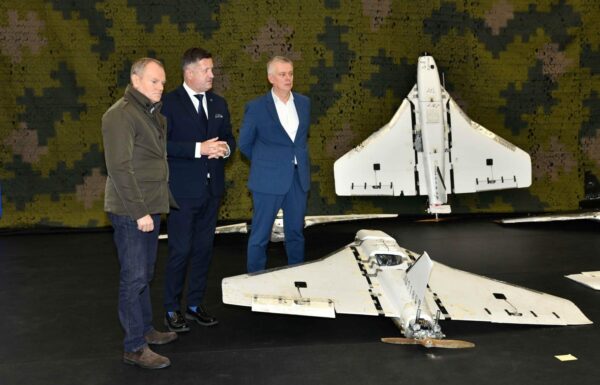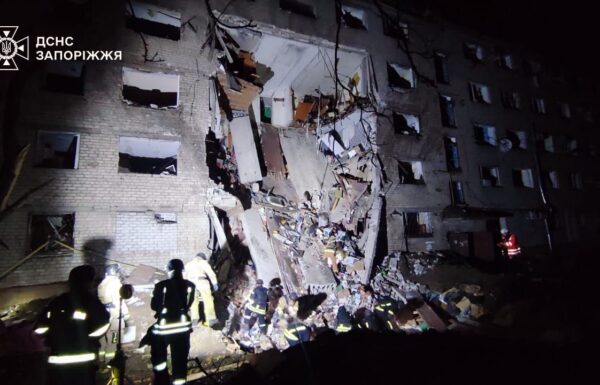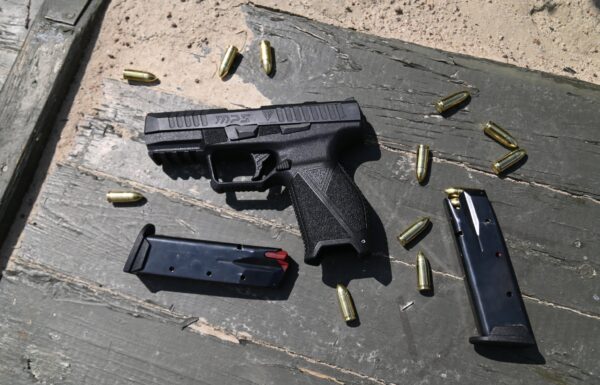On Wednesday, August 13, 2025, the US Army Contracting Command (ACC) at Redstone Arsenal, on behalf of the US Department of Defense, signed a 720,120,883 USD contract with Lockheed Martin for the serial production of additional batches of AGM-114 Hellfire and AGM-179A JAGM (Joint Air-to-Ground Missile) anti-tank guided missiles.
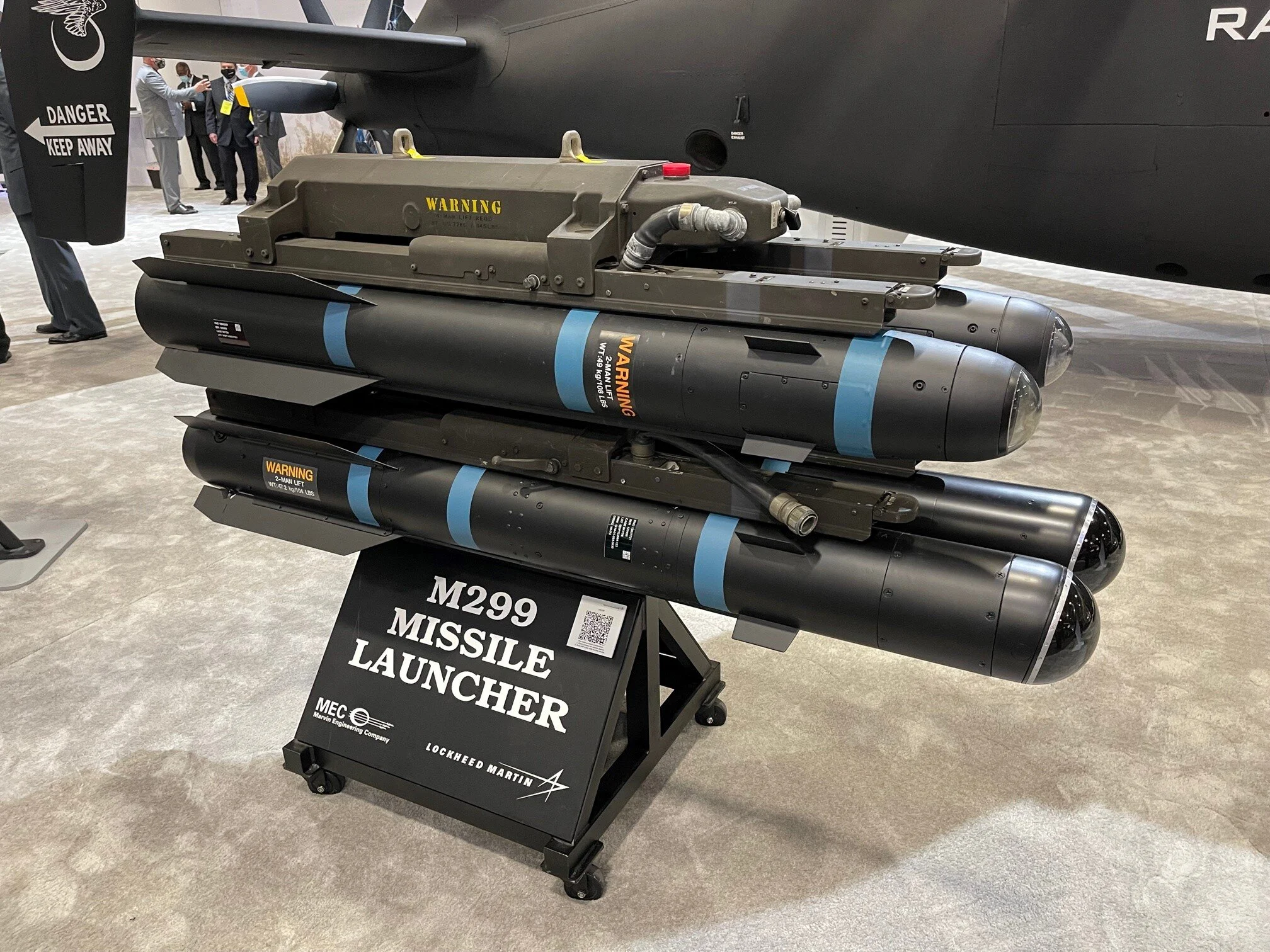 From top: the older 163 cm-long AGM-114 Hellfire and the AGM-179A JAGM on an LGMA M299 weapons pylon during the AUSA 2021 military equipment exhibition in Washington / Photo: CoAspire
From top: the older 163 cm-long AGM-114 Hellfire and the AGM-179A JAGM on an LGMA M299 weapons pylon during the AUSA 2021 military equipment exhibition in Washington / Photo: CoAspire
The amendment increases the total value of the order to 1,493,541,465 USD. The work will be carried out in Ocala, Florida, with completion scheduled for September 30, 2028. The full amount of funding was released upon signing the amendment and comes from the US Army’s allocation under the NDAA defense budget for the relevant fiscal year, which means the Army will be the sole recipient of the missiles.
Currently in production is the latest AGM-114R2 Hellfire II (also known as the AGM-114R Hellfire II/Romeo Hellfire), an air-to-ground missile used against both armored and unarmored targets. The missile entered production in 2012, alongside the AH-64E Apache Guardian helicopters. The AGM-114R2 utilizes semi-active laser guidance and features a multi-purpose warhead, enabling it to engage a wide range of targets. This variant is 180 cm long, weighs 49 kg, and travels at a speed of about Mach 1.3.
In recent months, outside the United States, the missile has been exported to Poland (800 units ordered), France (1,515), the Czech Republic (14), Australia (800), South Korea (288), the United Kingdom (395), the Netherlands (386), and Slovakia (500, though this purchase remains uncertain), and was previously delivered to Italy.
It is worth noting that production also includes a special variant, the AGM-114R-9X, featuring a kinetic warhead equipped with six long blades that deploy just before impact, thereby reducing collateral damage.
The AGM-179A JAGM, meanwhile, was designed as the successor to the AGM-114 Hellfire family and shares with it the warhead, guidance system, inertial sensor, propulsion unit, and tail assembly. It is also launched from the same LGMA M299 weapons pylon. The key innovation is an active seeker head operating in two modes: semi-active laser and millimeter-wave radar. This enables targeting and engaging both stationary and moving targets, day or night, in all weather conditions and limited battlefield visibility. The seeker is designed to be resistant to most countermeasure systems currently in use. The JAGM has a diameter of 178 mm, a length of 1,780 mm, and a weight of 49 kg.
So far, in addition to the US Army and the US Marine Corps (USMC), purchasers of these missiles include the United Kingdom (at least 3,000 units), Poland (460 units), and the Netherlands (296 units). The US Navy also plans to introduce them in the future.



